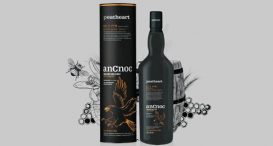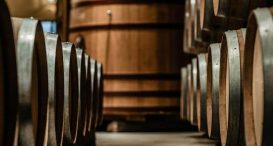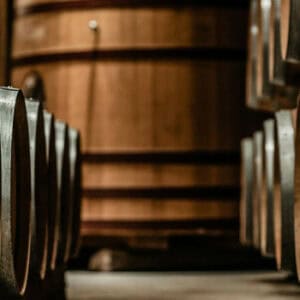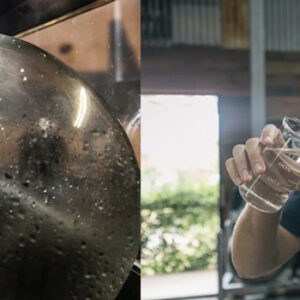The History of Tartan
let’s begin
Tartan existed long before Vivienne Westwood made it cool. It has a history that goes way back to the time when Scotland was ruled by competing clans and not by the English, although many wish they could return to the former!
Tartan is so entrenched in Scottish history it’s a wonder that their flag isn’t made out of it. I think it might be an improvement and it would certainly look more interesting in the Union Jack.
Tartan is a woven fabric, usually made from wool that is made up of lines of varying breadth and colour. It’s pretty simple in design but those lines hold a lot of meaning.
When the intersecting stripes and colours come together they form a pattern known as a “sett”. Changing the colour, pattern and breadth of these lines can create any number of different setts.
Tartan was first a mainstay of the Highlands and no self-respecting highlander would be seen without his signature tartan somewhere on his person. Such was the popularity of highland tartan that one of the first recorded appearances of it was when King James V ordered some to be made for his wife in 1538.
Tartan was of course made to distinguish between clans. In every clan there would be a weaver, and this weaver was charged with the duty of recreating the clan’s tartan to exacting standards.
Kilts, socks, bonnets, dresses – you name it and the weaver wove it in tartan to match everyone else in the clan. They would use a “pattern stick” that identified each thread and where it should go.
The tradition of tartan continued for hundreds of years and it eventually became so in demand that it was transported south, so the English could get a taste of what they were missing.
The prices of transporting tartan were fixed, so as to avoid overcharging but the English government soon decided to crack down on the trade.
Tartan was somewhat of a political matter as it was a symbol of the clan system that worked against the rulings of the English parliament.
The clans were deeply proud of their Scottish heritage and rebelled against the English bureaucrats who attempted to tame them.
This culminated in the Battle of Culloden in 1746. This saw the downfall of Scotland in the face of the English.
As a result of the devastating blow to Scottish independence, tartan, along with carrying a weapon, became penal offences, punishable by harsh laws.
The tradition of tartan suffered greatly under this law, as the weavers who once created such amazing patterns to very precise measurements had now all but died out. Their pattern sticks were no more.
Hope for the tartan industry came in 1785 when the act of parliament was repealed and the fabric became legal again. Unfortunately there wasn’t much enthusiasm from the Highlanders, who did not pick up where tartan left off.
The trade remained somewhat dead for several more decades, until 1822. This was when King George IV visited Edinburgh and encouraged those attending official functions to wear their clan tartan.
From there, the industry began to boom again and it has been rising in popularity ever since.
Today, new tartan designs must be registered in the Registers at Lyon Court, the heraldic court of Scotland.
The Royal family even has their own pattern that is exclusively worn by only them!
So if you’re interested in making your own tartan design and rivalling the Qieen’s, get down to Lyon Court ASAP!














